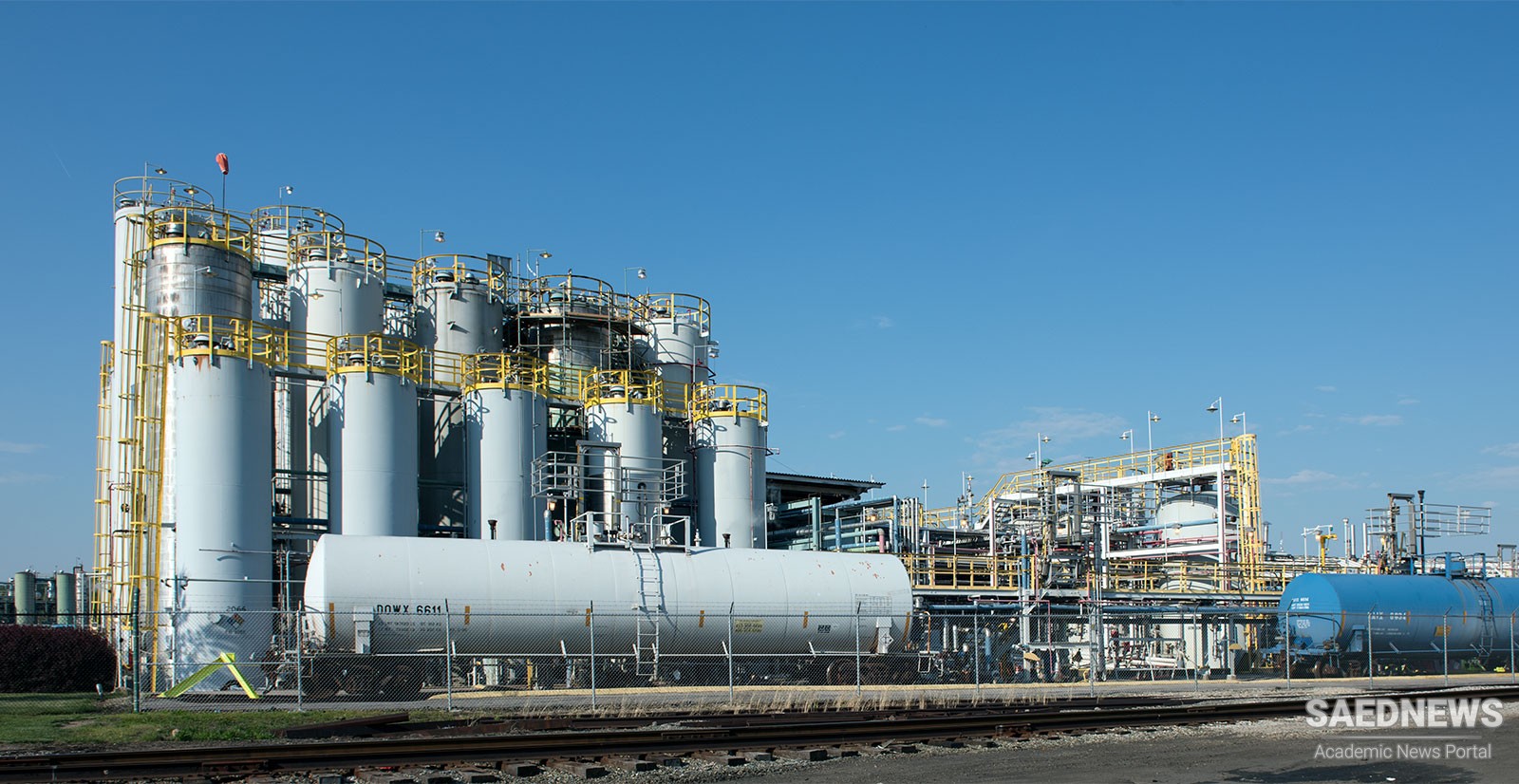Their preparation and uses in the textile, glass and soap industries have already been mentioned. Another important group of substances were the mineral acids—nitric, sulphuric and hydrochloric. Nitric acid and aqua regia (‘royal water’ —a mixture of nitric and hydrochloric acids) were probably discovered during the second half of the thirteenth century in Europe. Their preparation is first mentioned in a chemical work compiled soon after 1300, the Summa Perfectionis attributed to Geber, the latinized name of the eighth-century Arab alchemist Jabir; the Summa appears to be a European compilation derived from earlier Arabic sources.
Nitric acid was prepared by heating green vitriol (ferrous sulphate) and saltpetre (potassium nitrate). If ammonium chloride is added, chlorine is formed and remains dissolved in the acid, giving it the ability to dissolve gold, hence the royal association. The main use of these acids was in metallurgy, in the purification of gold. Saltpetre soon acquired considerable importance, for it was the major ingredient in gunpowder; invented in Europe some time in the thirteenth century but known in China centuries earlier, its preparation became a major industry. It was commonly to be found in earth saturated with animal refuse and excrements; its soluble salts were extracted with boiling water and fairly pure saltpetre separated by successive crystallizations.
Sulphuric acid, or vitriol, was little used until it became important for the manufacture of soda in the eighteenth century. Recipes for preparing it begin to occur in the sixteenth century, by strongly heating sulphates of copper and iron or burning sulphur, and absorbing some of the gaseous product in water. In the following century, hydrochloric acid was recognized as a distinct substance and Glauber set out in 1658 the standard method of preparation, from common salt and oil of vitriol. This acid too found little use in the chemical industry until the nineteenth century.
But it was the increasing demand for alkalis, particularly from the rapidly developing textile industry, that stimulated the major advances in the chemical industry. Overseas natural sources were exploited to the full, such as wood ash in bulk from Canada, as a source of potash. In France, international conflicts had led to an acute shortage of alkali and in 1775 the Academy of Sciences offered a prize of 2400 livres for a successful method of making soda from salt. Nicolas Leblanc, physician to the Duc d’Orléans met the challenge, patenting in 1791 a process that was to be of fundamental importance to the industry for over a hundred years. The process consisted of treating common salt with sulphuric acid, to form a salt-cake (sodium sulphate) which was then roasted with coal and limestone. The resulting ‘black ash’ was leached with water to extract the soda, finally obtained by evaporating the solution in pans.
In Britain the salt tax inhibited the spread of the Leblanc process until its removal in 1823. James Muspratt set up a plant near Liverpool, where the raw materials lay close at hand. In 1828, in partnership with Josias Gamble, he established new works near St Helens, ever since an important centre of the chemical industry in Britain. Charles Tennant had meanwhile started making soda at his St Rollox works outside Glasgow, which became for a time the largest chemical works in Europe.
One of the main ingredients of the Leblanc process was sulphuric acid. Improvements in its manufacture had been made in the eighteenth century. In 1749, Joshua Ward (otherwise known as the quack in Hogarth’s Harlot’s Progress) patented the making of sulphuric acid by burning sulphur and saltpetre in the necks of large glass globes containing a little water. That was converted to sulphuric acid, concentrated by distilling it. The price fell from £2 to 2s a pound, but the fragile nature of glass limited the scale of the process. Largescale manufacture only became possible when John Roebuck substituted lead chambers’, consisting of sheets of lead mounted on wooden frames, lead being both cheap and resistant to the acid. Roebuck, a student of chemistry at Leyden and Edinburgh set up his lead-chamber process outside the latter in secrecy, a condition that lasted as long as it usually does. Knowledge of the process spread rapidly; France had its first lead-chamber factory at Rouen around 1766. The process was improved and enlarged in scale; Roebuck’s chambers had a capacity of 200ft3 (5.66m3 ) but by 1860 Muspratt had achieved one of 56,000ft3 (1584.8m3 ). The rise in scale of course lowered the price; by 1830 it was 2 1/2d a pound.


 Russian Killers Advance Despite the Heavy Resistance in Kyiv
Russian Killers Advance Despite the Heavy Resistance in Kyiv














































